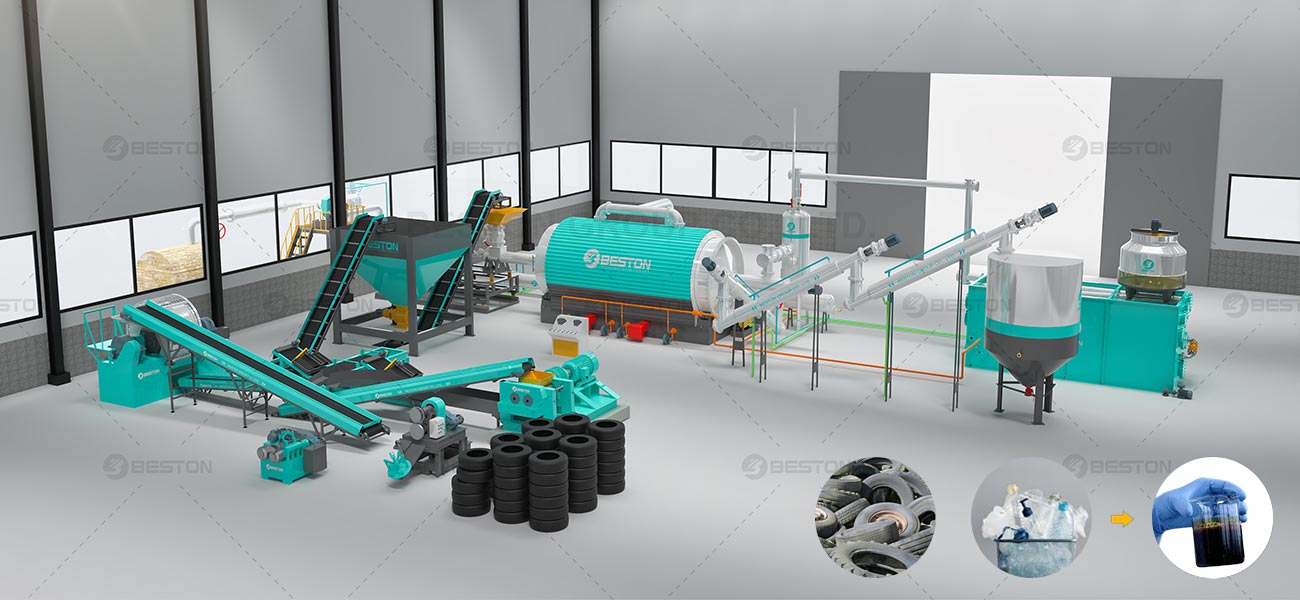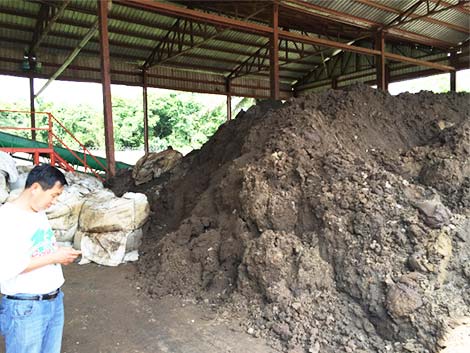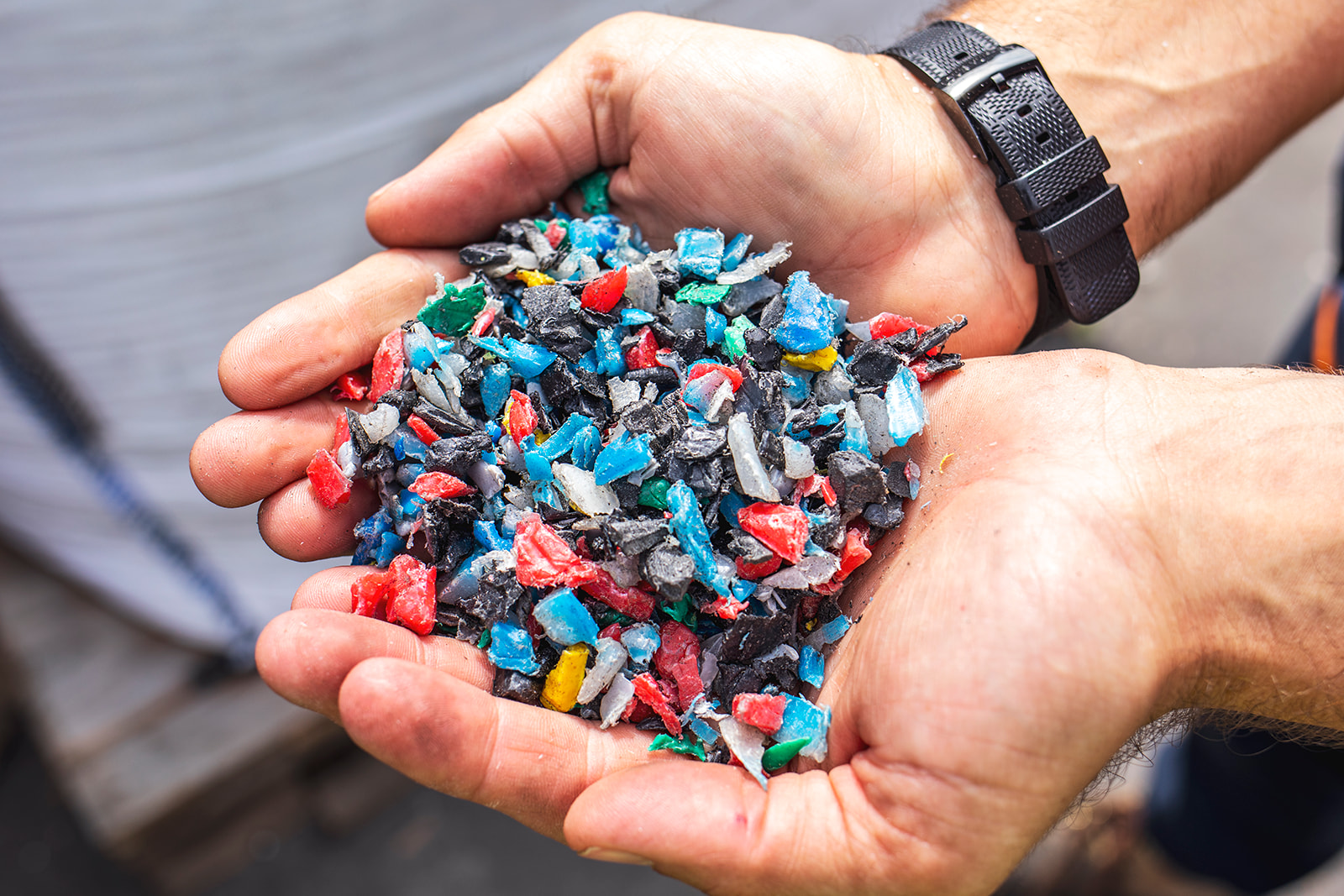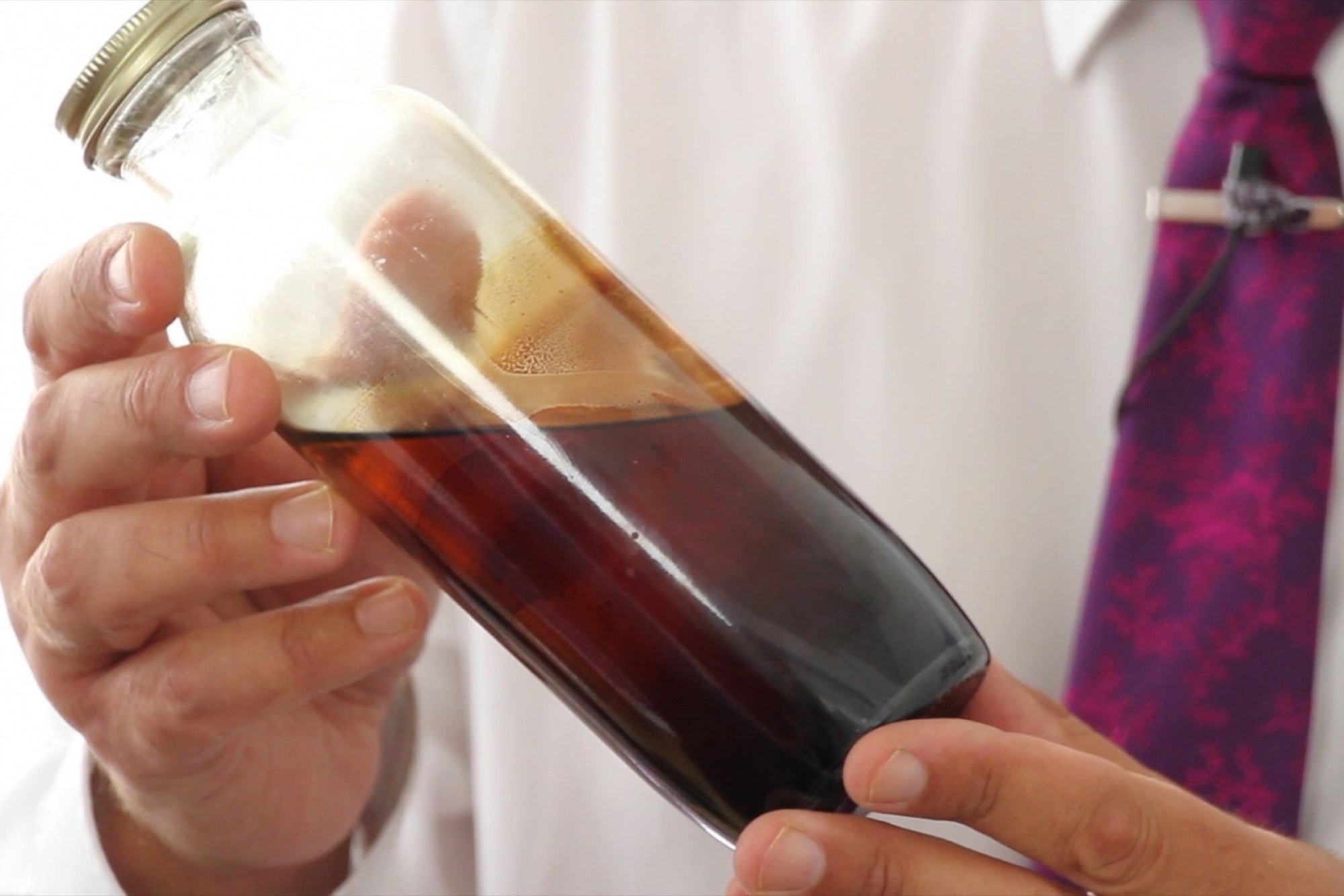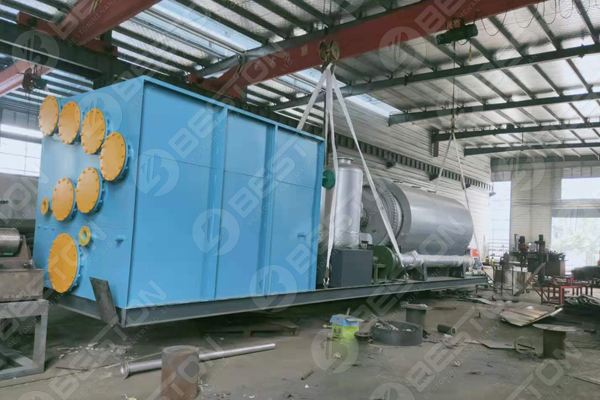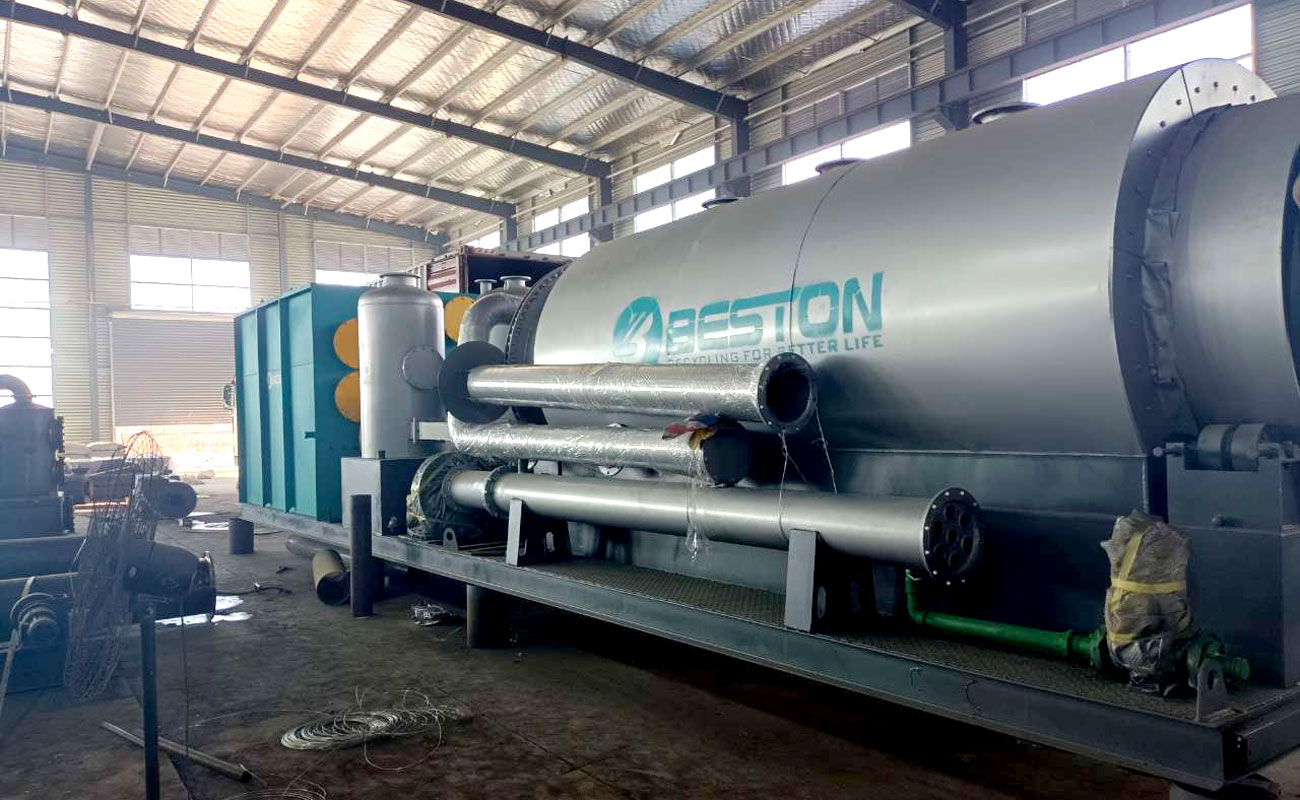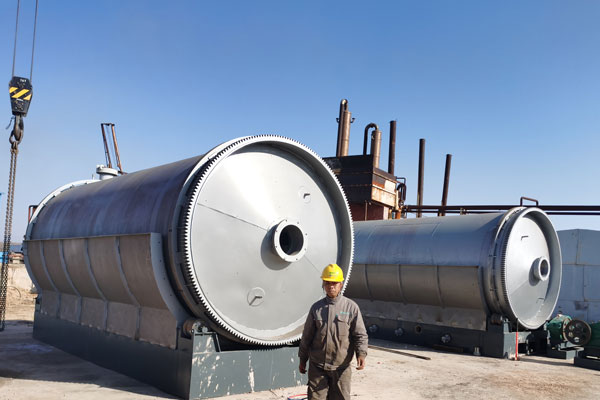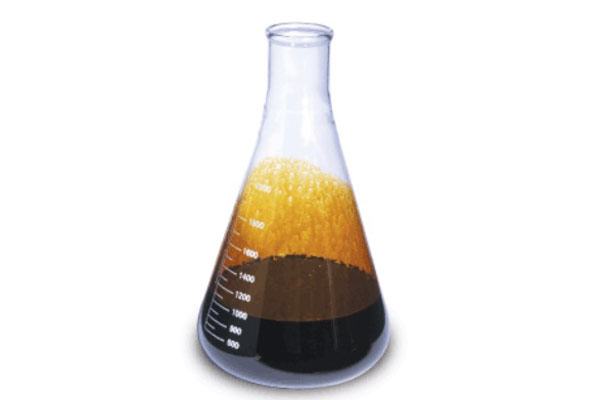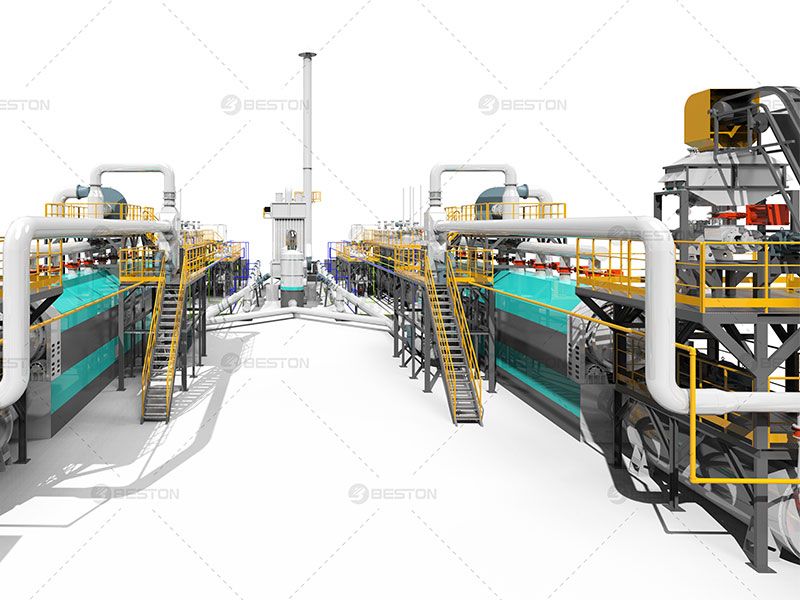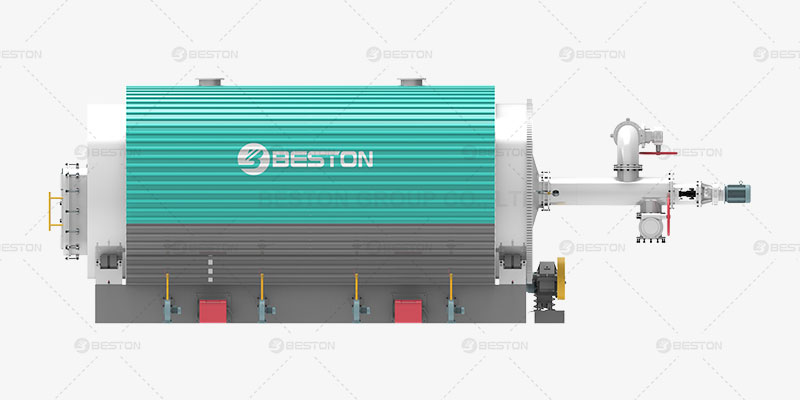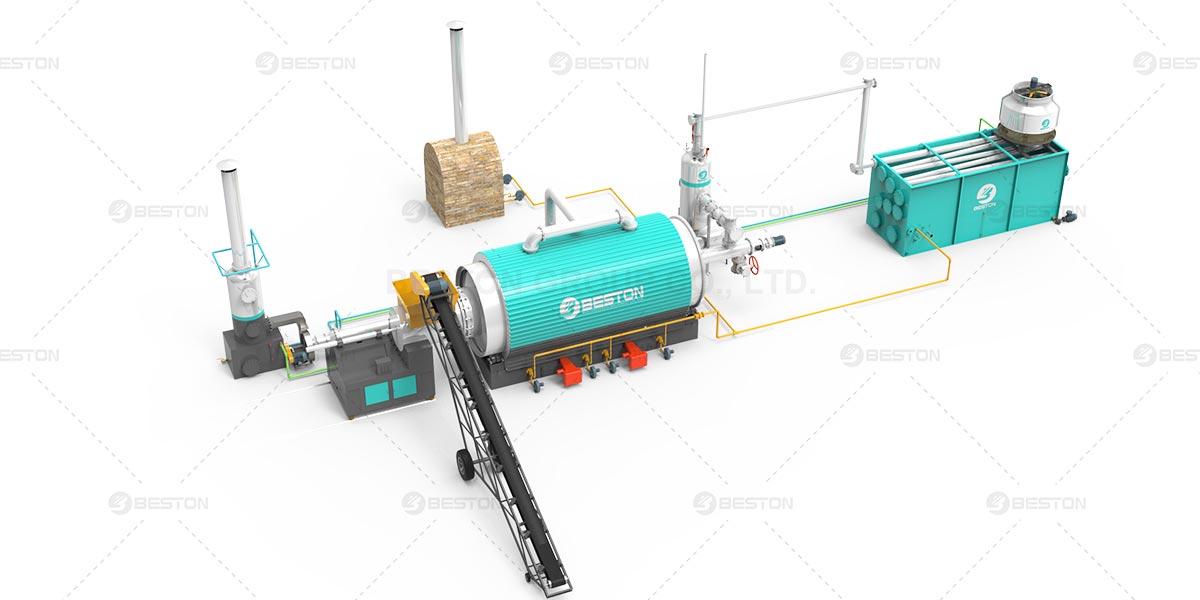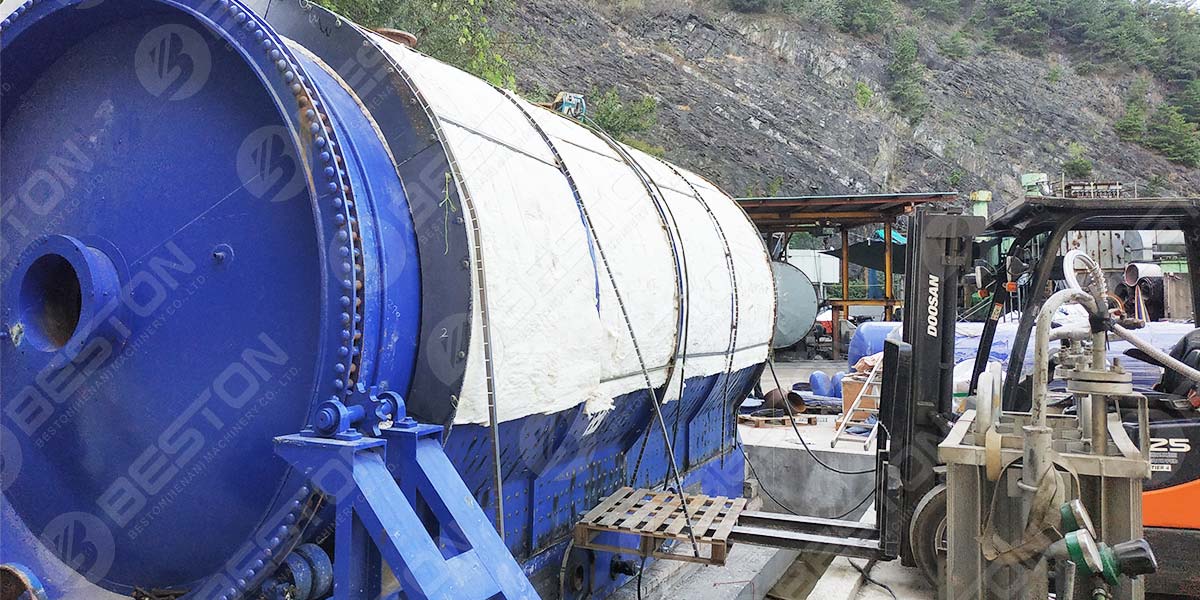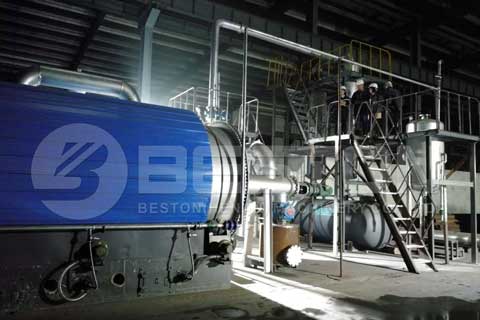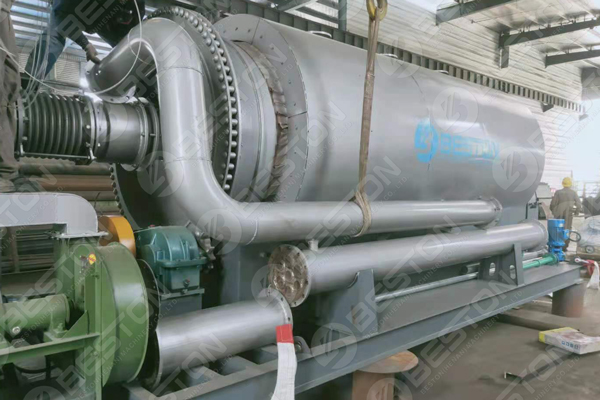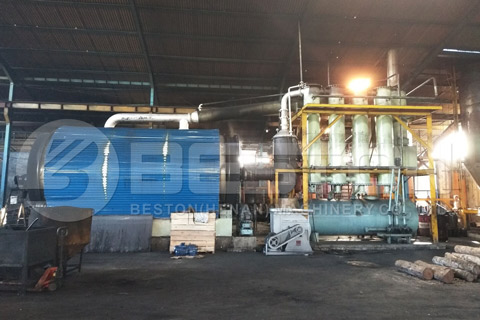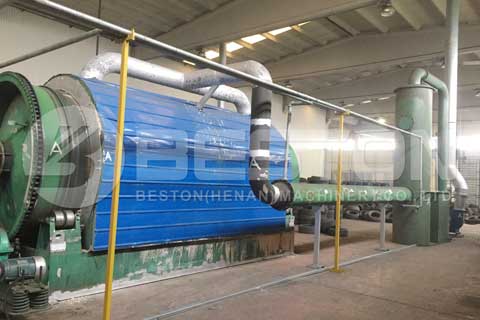The global challenge of plastic waste has spurred industries and governments to seek innovative solutions. Among these, plastics pyrolysis is emerging as a promising technology, offering a way to convert waste plastics into valuable resources. This article explores the growing commitment of industries to plastics pyrolysis, its benefits, challenges, and the potential impact on waste management and sustainability.
What is Plastics Pyrolysis?
The plastic pyrolysis plant is a thermochemical process that involves heating plastic waste in the absence of oxygen to break it down into smaller molecules. This process converts plastics into pyrolysis oil, gases, and char, which can be further processed into fuels, chemicals, or used as energy sources.
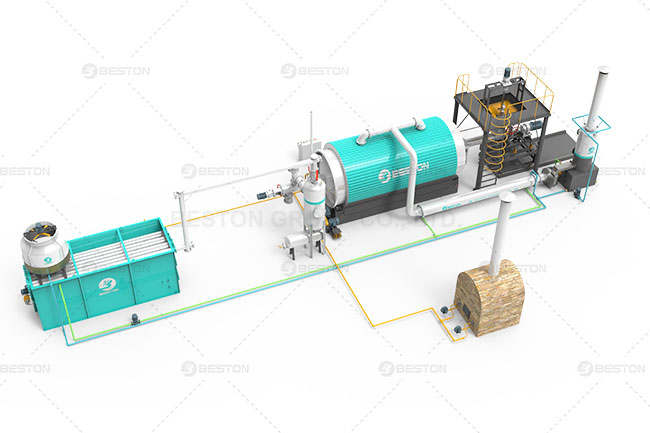
Why the Industry is Embracing Pyrolysis
- Environmental Benefits:
- Waste Reduction: Pyrolysis significantly reduces the volume of plastic waste, helping to address the global plastic pollution crisis.
- Circular Economy: By converting plastic waste into reusable products, pyrolysis supports a circular economy, reducing the reliance on virgin materials.
- Economic Incentives:
- Resource Recovery: The process yields valuable products like pyrolysis oil, which can be refined into diesel, gasoline, and other chemicals, creating new revenue streams.
- Energy Production: Gases produced during pyrolysis can be used to generate energy, reducing the dependence on traditional fossil fuels.
- Regulatory and Consumer Pressures:
- Government Regulations: Increasingly stringent regulations on plastic waste management and recycling are driving industries to adopt sustainable technologies like pyrolysis.
- Consumer Demand: Growing consumer awareness and demand for environmentally friendly products push companies to invest in sustainable waste management solutions.
Key Industry Players and Innovations
Several major corporations and startups are leading the charge in plastics pyrolysis:
- Plastic Energy: A pioneer in the field, Plastic Energy operates large-scale commercial plants in Europe, converting end-of-life plastics into hydrocarbons used for new plastic production. The pyrolysis plant can process plastic into pyrolysis oil.
- Brightmark Energy: This US-based company is developing pyrolysis facilities that aim to convert hundreds of thousands of tons of plastic waste annually into fuels and waxes.
- SABIC: A global leader in diversified chemicals, SABIC is investing in advanced recycling technologies, including pyrolysis, to enhance its circular economy initiatives.
Technological Advancements
Recent technological advancements are enhancing the efficiency and scalability of pyrolysis:
- Catalytic Pyrolysis: Using catalysts to lower the reaction temperature and improve the quality of the end products.
- Continuous Pyrolysis Systems: Innovations in reactor design allow for continuous feeding of plastic waste, increasing throughput and reducing operational costs.
- Integration with Existing Infrastructure: Advances in integrating pyrolysis units with existing waste management and chemical processing facilities streamline the overall process and improve economic viability.
Challenges and Solutions
Despite its promise, plastics pyrolysis faces several challenges:
- Feedstock Variability: The diversity of plastic types and contamination levels can affect the efficiency and output quality of the pyrolysis process.
- Solution: Developing standardized preprocessing methods and improving sorting technologies can enhance feedstock consistency.
- Economic Viability: High initial capital costs and market volatility for end products can hinder large-scale adoption.
- Solution: Government incentives, subsidies, and long-term contracts for pyrolysis products can improve financial feasibility.
- Environmental Concerns: Potential emissions and residues from the pyrolysis process need to be managed effectively.
- Solution: Implementing stringent emission control systems and developing environmentally friendly catalysts and additives can mitigate these concerns. More information on tire pyrolysis plant here.
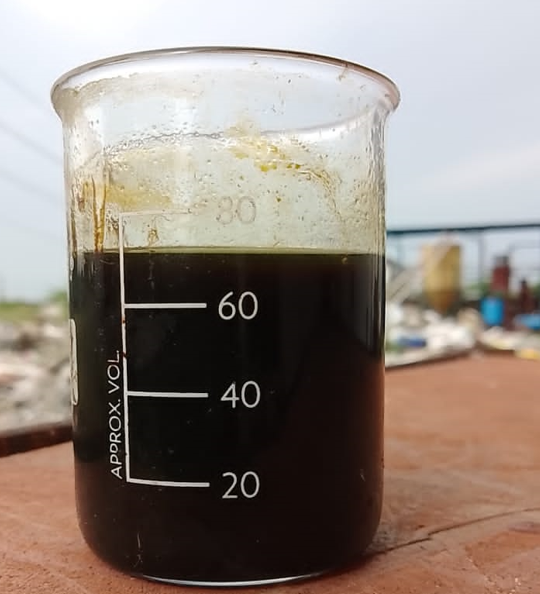
The Future of Plastics Pyrolysis
The future of plastics pyrolysis looks promising, with continued research and development paving the way for more efficient and scalable solutions. Collaborative efforts between governments, industries, and research institutions are essential to overcoming current challenges and realizing the full potential of this technology.
As industries continue to commit to plastics pyrolysis, the technology is poised to play a pivotal role in sustainable waste management. By transforming plastic waste into valuable resources, pyrolysis not only addresses environmental concerns but also contributes to a more sustainable and circular economy.
Conclusion
Plastics pyrolysis represents a transformative approach to managing plastic waste, offering significant environmental and economic benefits. As the industry goes all in on this technology, we can anticipate a future with less plastic pollution and more sustainable resource utilization. Through continued innovation and collaboration, plastics pyrolysis can help pave the way towards a cleaner, greener planet. Refer to the pyrolysis machine cost here.
